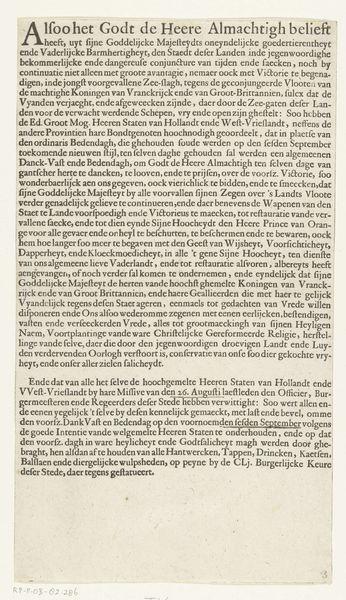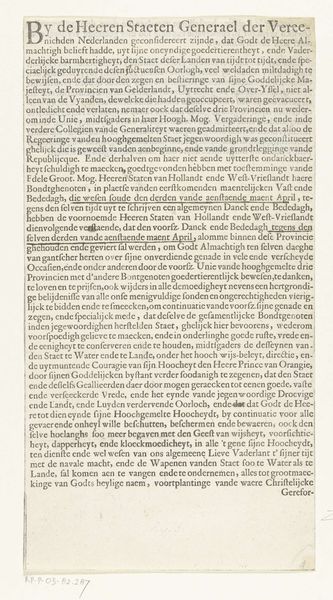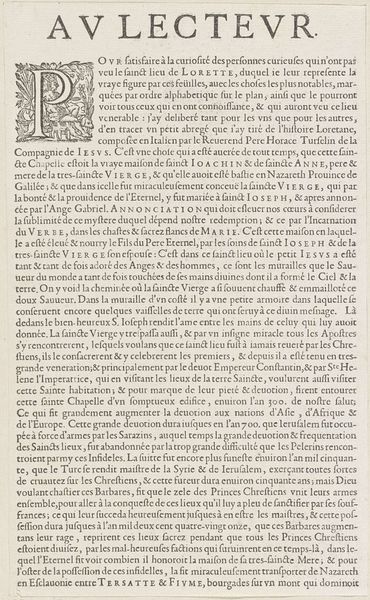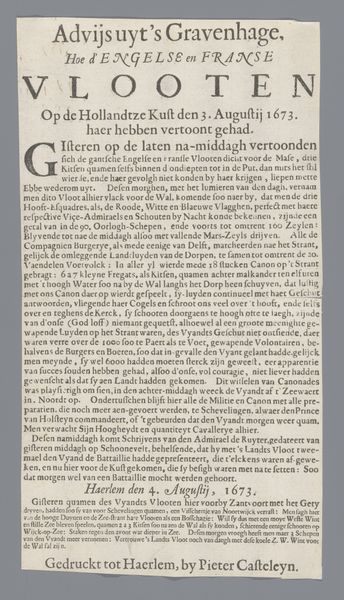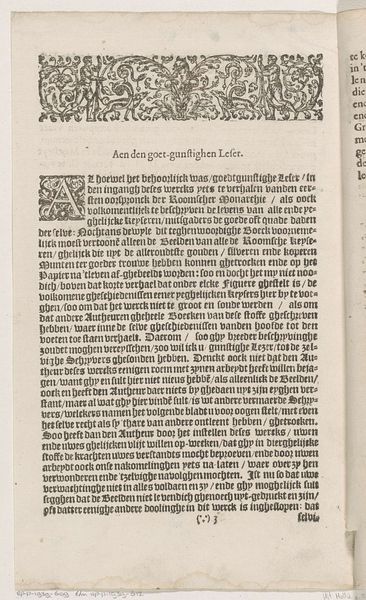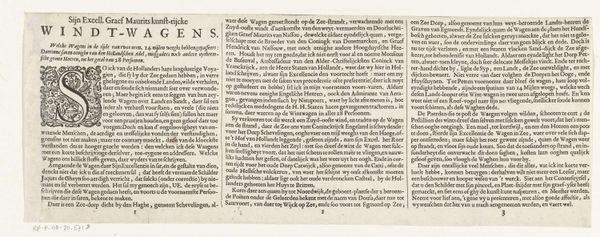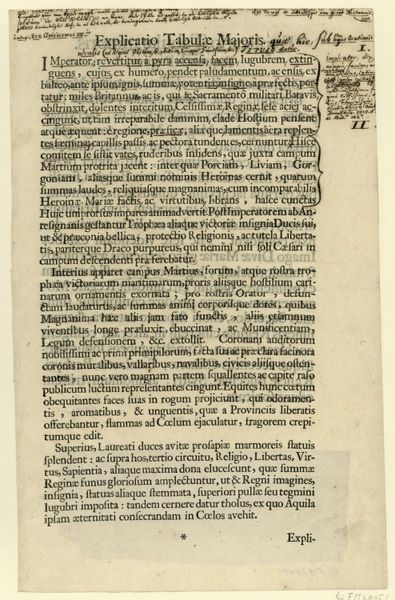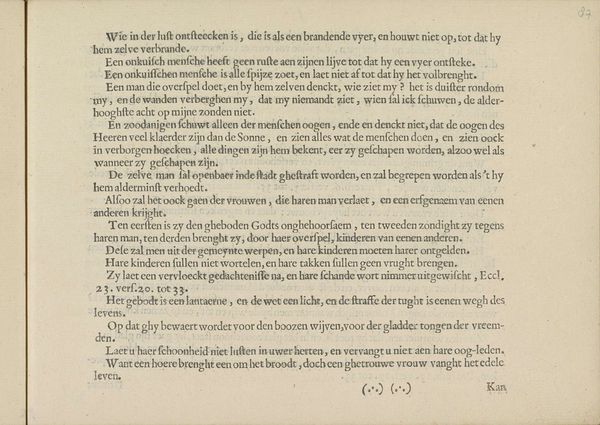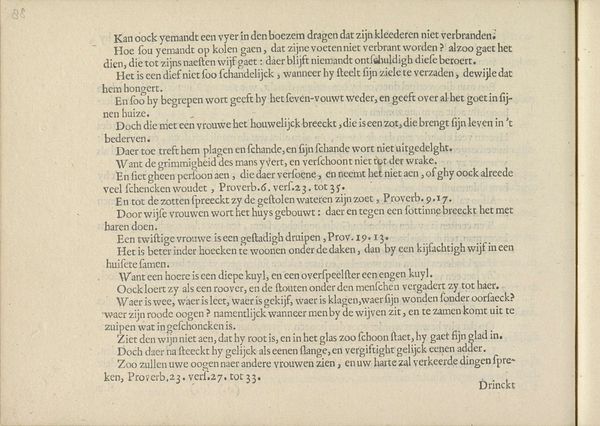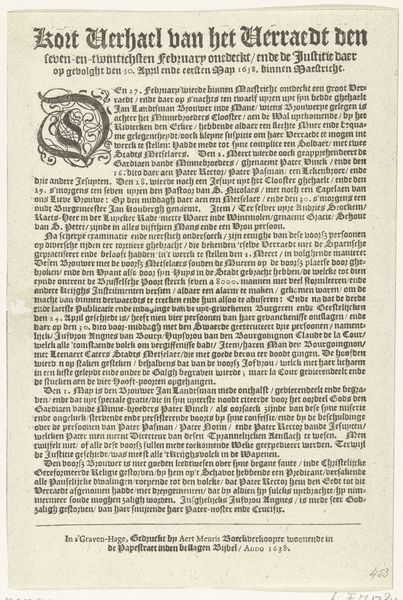
print, paper, typography
#
dutch-golden-age
# print
#
paper
#
text
#
typography
#
newspaper layout
#
magazine layout
#
image and text
#
handwritten font
Dimensions: height 338 mm, width 245 mm
Copyright: Rijks Museum: Open Domain
This broadside, printed in The Hague in 1638 by Ludolph Breeckevelt, recounts a foiled conspiracy in Maastricht. The text, densely packed, details the betrayal and attempted invasion, but it is the underlying symbols that truly speak to us. Consider the motif of the "enemy," here, the bloodthirsty Spaniards. This figure is not unique to this event. Across centuries, images of invaders, often depicted as barbaric or godless, resurface in times of conflict. One may recall similar depictions of the “Turk” in earlier prints. The act of betrayal itself is another powerful image. The betrayal by townspeople evokes the eternal archetype of Judas, a symbol that has been reinterpreted countless times. These images are not merely historical records; they tap into a deeper, shared understanding of fear, loyalty, and the chaos of war. These symbols, passed down through generations, engage us on a visceral level, reminding us of the cyclical nature of human conflict.
Comments
No comments
Be the first to comment and join the conversation on the ultimate creative platform.
